Introduction
Interoperability is a key driver for enablement and acceptance of the IoT and its devices in our wireless world. The new Matter standard will improve the interoperability between these IoT devices and standards. From a system developers standpoint interoperability can make the difference with product acceptance. It can also help in the actual design and functionality of the IoT device being created. Additionally, starting your design from proven interoperable building blocks makes IoT product design easier and speeds time to market for development engineers.
What IoT System Developers Need
When IoT product developers are looking for the right device vendors they must take many things into account to ensure a successful product outcome. Qorvo, provides many developmental tools to ensure design engineers can easily and quickly create best-in-class IoT products. Some of these key tools are described and shown in Figure 1 below.
- Getting access to a complete software development kit (SDK),
- Including implementation of protocols
- Guaranteed certifiable designs
- A great out-of-the-box experience to get your design started promptly
- A robust and reliable RF connection that works even in harsh environments
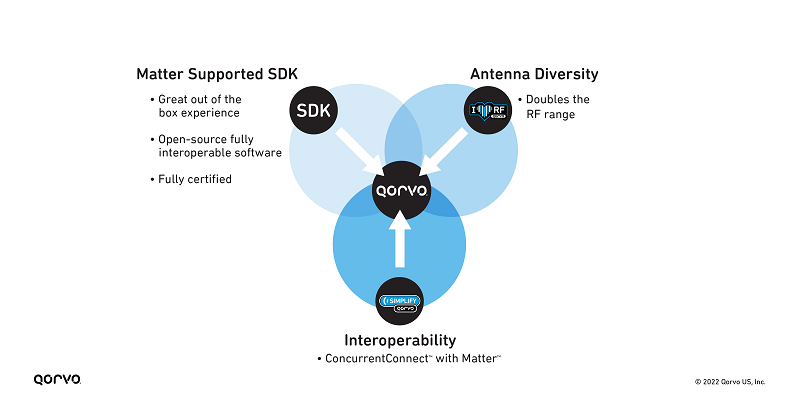
Figure 1: Qorvo's key IoT design differentiators
Qorvo's development tools help engineers create a fully interoperable product from day-one by implementing certified, industry standard protocols. Having this capability and tools accelerates product development as developers can focus on the application layer instead of the low-level device interoperability. This device interoperability will help increase adoption of the IoT product being designed for their customers. Let's explore each of these a bit deeper.
Development Kit (DK)
Qorvo provides development kits for its products containing all the needed Software, Hardware and documentation to quickly prototype your application. For Matter products, Qorvo's is fully integrated and leverages Matter's open-source SDK. In addition to Matter, Qorvo provides the tools needed to build a Bluetooth Low Energy (LE), or Zigbee applications, such as a light bulb or door lock application using a product like the Qorvo QPG6105. The Matter DK software and documentation is freely shared and available in a public domain on Qorvo's GitHub.
Qorvo provides documentation with application notes, user manuals and white papers to assist design engineers to develop faster and make more informed design decisions. Additionally, we offer a broad portfolio of Wi-Fi front-end modules, ultra-wideband solutions, power management SoCs, and input sensors to further enable your wireless IoT system design and extend the level of customer features.
Great Out-of-Box Experience
Having documentation that provides a step-by-step process for customers to easily follow is essential for IoT system designers. This makes things easy and enables a simple design journey. By providing fully functioning reference design applications for door locks, light bulbs and other applications, Qorvo helps ensure a final system design with minimal changes and in a short time.
Antenna Diversity and ConcurrentConnect™ Technology
When working with any wireless system design, RF signal range and no dropping of data is critical. Qorvo offers an on-chip antenna diversity feature for system engineers making this benefit seamless. This feature is hardware driven and works for all Zigbee and Matter solutions that have dual antennas. By adding this functionality our customers can reduce multipath fading, increase RF range and provide robust signal performance for your IoT system application. Qorvo's antenna diversity includes:
- A preamble switched antenna diversity enabling reliable communications
- It expands RF signal coverage to the edge of your network environment
- It decreases the amount of signal retries, helping extend device battery life
- It decreases the amount of service calls and reduces the number of device placement issues
- It achieves 8 dB more of RF signal link budget without Wi-Fi interference
- It achieves 15 dB more link budget under 2.4 GHz Wi-Fi interference
ConcurrentConnect technology enables running multiple IoT protocols like Zigbee, Bluetooth LE or Matter concurrently using a single radio. ConcurrentConnect enable dual radio use cases that with a single radio, without the additional complexity to configure multiplexing from SW. The concurrency is completely dealt with in the silicon and supports all Bluetooth LE use cases concurrently with Zigbee and/or Matter. Many IoT devices in a smart home include support for multiple protocols. Most rely on time division multiplexing for communication. Time division multiplexing works well with a limited set of Bluetooth LE use cases, but Qorvo takes this technology a step further with ConcurrentConnect. Qorvo's ConcurrentConnect technology employs a unique approach to ensure reliable communication. It enables fluid, continuous communication across IoT devices, regardless of the protocols in use for all use cases.
Matter simplifies IoT devices from the standard perspective, while ConcurrentConnect and antenna diversity technologies simplifies it from the hardware perspective. Qorvo hardware SoCs removes the fragmentation in the IoT network, simplifying system design.
Qorvo's Product Offering
Qorvo offers two types of IoT connectivity products – standalone SoCs that are typically used in end nodes such as light bulbs, switches or thermostat applications. These are single chip solutions complete with a processor and IoT radio. The full protocol stack and application run on the Qorvo SoC. For hub-like devices, i.e. the gateway that the sensor devices connect to, Qorvo also offer advanced transceiver solutions that extend the available processing power of the main processor in the gateway with IoT capabilities. These two components shown in Figure 2, create a complete network solution for customers to test and verify their IoT device being developed.
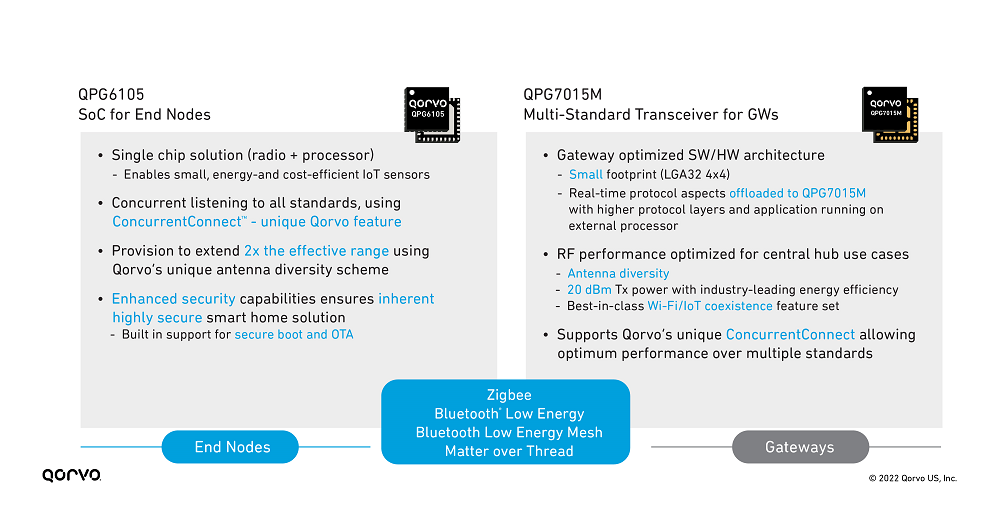
Figure 2: Qorvo's IoT product portfolio.
Qorvo's SoC solutions for connected devices, like the QPG6105, support all relevant IoT protocols: Bluetooth Low Energy, Zigbee and Matter. ConcurrentConnect technology enables unique combinations of these protocols with a single chip:
- Matter and Bluetooth Low Energy
- Zigbee and Bluetooth Low Energy
- Zigbee and Bluetooth Low Energy Mesh
- Zigbee and Matter
As shown in Figure 3. It also comes with our unique functionality of multi-protocol ConcurrentConnect and antenna diversity technologies. Additionally, Qorvo recognizes how important security is in the IoT. Therefore, we built a high level of security in our end node SoC to provide enhanced security for all IoT applications.
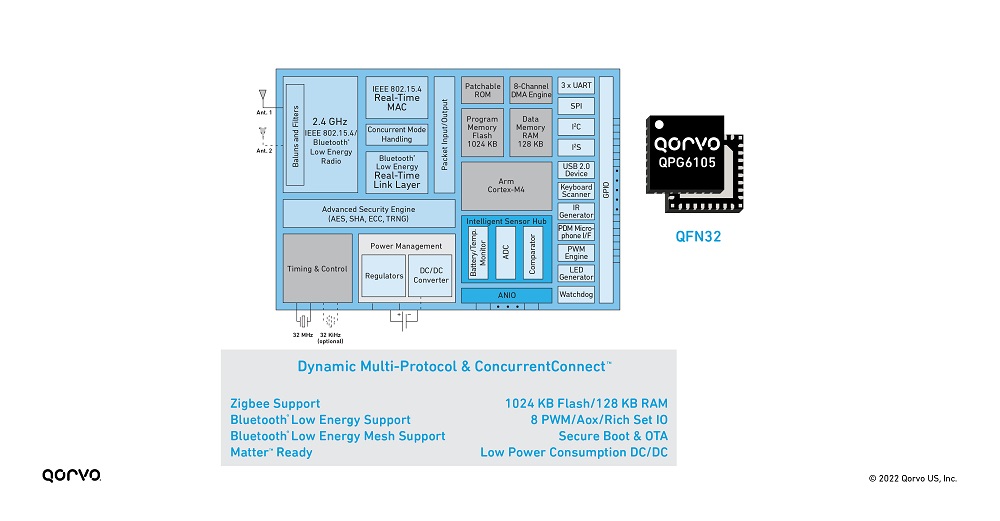
Figure 3: Qorvo QPG6105 block diagram.
The gateway transceiver QPG7015M and SDK provides a complete solution in a small footprint package, as shown in Figure 4. Using ConcurrentConnect, this transceiver simplifies protocol dependencies, is Matter enabled and comes with preamble-based antenna diversity functionality. It offers superior coexistence and is highly robust against Wi-Fi interference in all challenging RF applications. This small device performs high output powers of up to 20 dBm to ensure full network environment coverage. It also offers this high-power output with exceptional market leading efficiency to make for a greener end product.
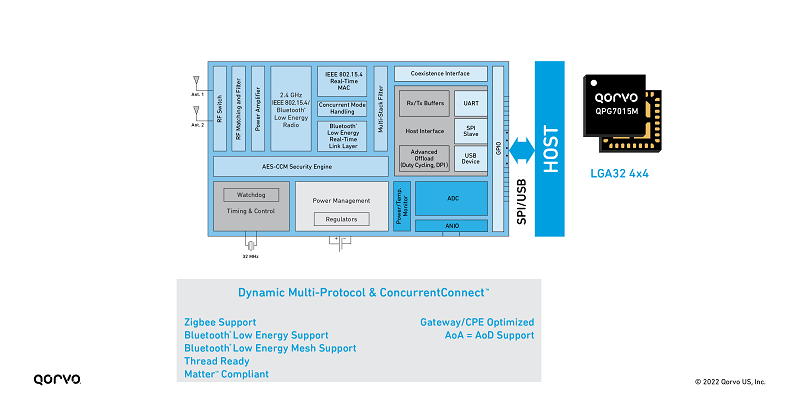
Figure 4: Qorvo QPG7015M block diagram.
The Interoperability Network Solution
So, you want to develop more than one IoT solution but without the hassle of going to different chip vendors? Well, Qorvo is your one stop shop. We already have the applications worked out along with providing all the technology to make it work with coexistence and interoperability in mind. Making your creation of IoT devices easy today and tomorrow.
We have complete designs for IoT connected lighting (i.e., smart bulbs, smart switches), sensors, smart plugs, thermostats and many more (see Figure 5). We also offer an array of network extensions beyond the IoT nodes like ultra-wideband (UWB) locks and Wi-Fi tri-band solutions. Along with all the hardware you get access to our open source github website that has all the SW, documentation and step-by-step tools to get you to a final design quickly.
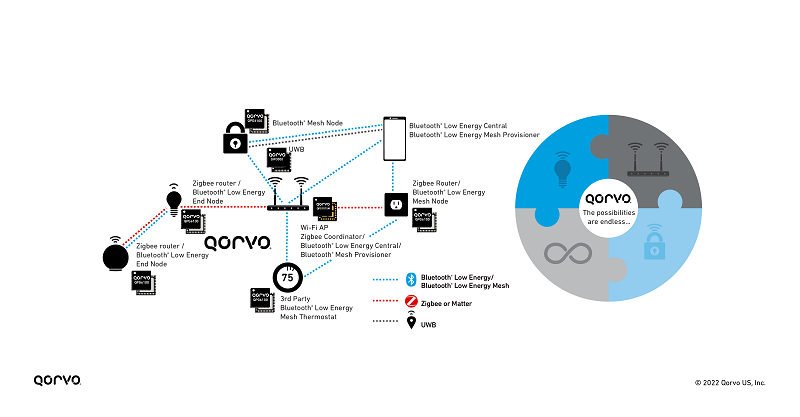
Figure 5: A complete network design using Qorvo wireless products.
For years Qorvo has spearheaded the advancement of a connected wireless mesh architecture we call the one-pod-per-room layout, as shown on the right side of Figure 6. Our wireless device developments incorporate the entire range of connectivity technologies, provide system reliability, extended RF range, increased data capacity, and green energy efficiency. With our capability of integrating in UWB and power management into your design you can offer features in your end product your competitors are not even thinking about. Additionally, we provide RF system optimization like antenna diversity and general engineering design support.
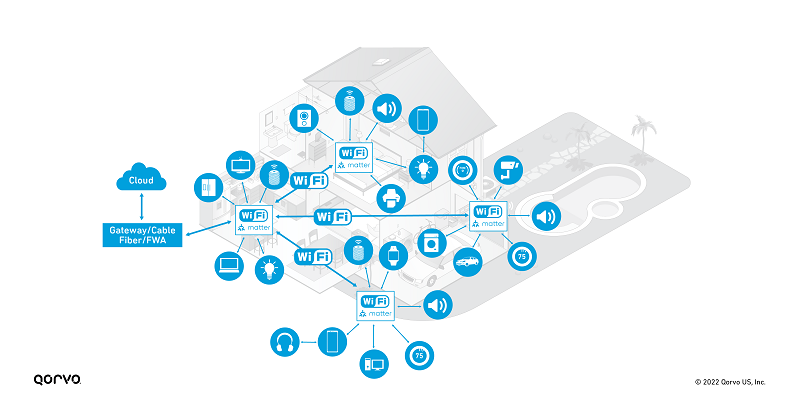
Figure 6: The one-pod-per-room architecture in an IoT network.
In summary, not only can you now leverage Matter into your product for a full interoperability experience using Qorvo solutions, but you can now move toward new applications not yet developed using a complete array of network solution chipsets offered by Qorvo. Our offering of IoT end node and gateway solutions along with UWB, Wi-Fi, Power management surge protection, system power management solutions and more allows you to explore product features beyond just the simple IoT lightbulb.